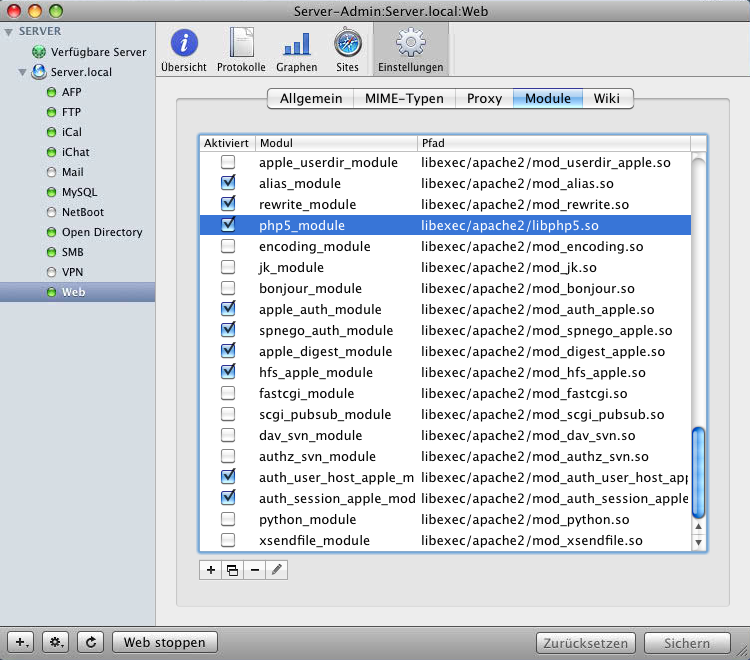How To Write Url For My Sql In Mac
A PHP script can be very simple or very complex. However, even writing a complex PHP script is relatively simple, requiring only an regular text editor. PHP code is plain text and can be created in any text editor, such as Notepad on Windows or TextEdit on Mac OS X. Anyway, it's indicated and more efficiently to use a dedicated script editor like Notepad++ or Eclipse.
- at head of the 'Available Software' window click the drop down menu in 'work with' box. - choose '--All Available Sites--'. * alternatively * - go to the eclipse menu: help > install new software. How to install c for eclipse mac. - find CDT, or c++ packages, and install.
PHP is a programming language that needs a server to run it. First, you must have installed a server, for example Apache and the PHP module. They are free, but for beginners is better to install an all-in-one packages free aplication, like WampServer ( www.wampserver.com/en/) or XAMPP, that already has Apache, PHP, MySQL and phpMyAdmin included and configured.
You can get XAMPP from the page:. - Once you have installed XAMPP (WampServes or EasyPHP) aplication, you need to create your PHP files in a location where the web server can process them. Normally, this means that the files should be in the serve`s directory root or a subfolder of the document root.
The default location of the document root for these aplications is as follows: • XAMPP - xampp htdocs • WampServes - wamp www • EasyPHP - EasyPHP www - Because PHP scripts need to be parsed by the server, you absolutely must access them via the URL. The URL for the web serve`s directory root in your local computer is 1. Writing the structure of a PHP script Every PHP script contains two special lines (or PHP tags) that indicate to PHP server that the text contained between the two tags must be parsed as PHP instructions. Between these two lines will be written the PHP code. To start writing a PHP script, open your text editor and insert these two lines: - This is a start code and displays nothing. You can save your script (with ANSI or UTF-8 format) in a text file with the '.php' extension, in the ' htdocs' (for XAMPP) or ' www' (for WampServer) folder, with a name that respect the following rules: • It is recommended that the file name contains only lowercase characters, digits and dashes.
Start typing part of a title, the last names of one or more authors, and/or a year in the dialog box. Microsoft word for mac copy document style. The citation dialog is used to select items from your Zotero library, and create a citation.
Using spaces, capital letters and other characters may cause problems on different operating systems. • The filename extension is '.php' • Choose a meaningful name that describes the function of your script, so, that you can quickly identify it after weeks or months from its creation. Any text outside of the PHP tags is immediately sent to the Web browser as regular HTML text. Display output data in a Web browser PHP scripts execute three basic operations: • Get data from a user • Perform data processing, may get access to data stored in files and databases and manipulate them • Displaying data so the user can view them Let`s write a simple PHP script that displays a text in the browser window. Open your text editor and add the fallowing code: Save the file with a name with the '.php' extension (for example 'test1.php'), in the proper directory of your Web server, 'xamp/htdocs/' (or 'wamp/www/').
To see the result, access in the browser the fallowing address: If everything is made correctly, the browser will displays ' The text that appears in your browser.' - Notice that the instruction begins with a word ' echo' and ends with a semicolon (;). • Each code line in PHP must end with a semicolon (;), it is used to distinguish one set of instructions from another. The 'echo' statement sends output data to be displayed in the browser ( There are two basic statements to output text with PHP: echo and print.). Simple (or double) quotes are used to delimit strings (a text expression), in our case ' The text that appears in your browser.' • PHP is an HTML-embedded scripting language.

In this tutorial, we will show you how to activate the web server in Mountain Lion, as well as setting up PHP, MySQL and PhpMyAdmin. At the end of this tutorial, you will have a MAMP (Mac, Apache, MySQL, Php) server running on your Mac. How different is autocad 2016 for mac from the full version.
This means that you can combine (intermingle) PHP and HTML code within the same file. Also, PHP can generate (X)HTML code. For example, here is a PHP script that outputs a HTML code and it's placed inside a HTML document, in the BODY section. Test 2 PHP Example of a PHP scripts included in HTML';?> - If you save this code in a '.php' file (for example, ' test_html.php'), in the server's directory root, and access it in your browser ( you'll see in the Web browser the fallowing result. Example of a PHP scripts included in HTML You can embed multiple blocks of PHP code within a single HTML page, anywhere in the documen.